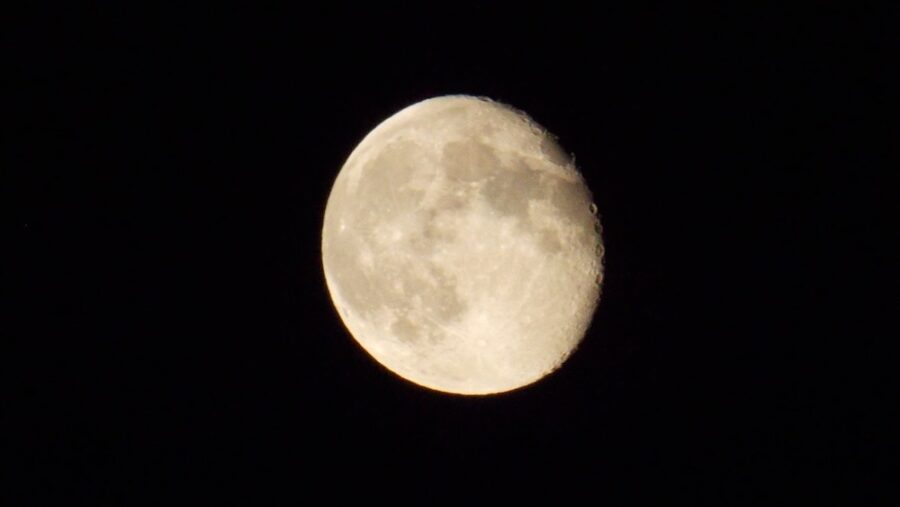The Man In The Moon Much Older Than Predicted

Live Science recently reported that our original calculations about the “man in the moon” are off by about 200 million years. While experts agree that the moon is just over 4.5 billion years old, it was originally thought that Mare Imbrium, its largest crater, was 3.9 billion years old.
But new dating methods have suggested that this crater that represents the right eye of the man in the moon is actually 4.1 billion years old, which makes the moon’s ancient history all the more compelling to researchers.
The man in the moon is actually 4.1 billion years old, more than the 3.9 billion years originally estimated.
Science has now established that the moon is not made of cheese, and that the man in the moon has 200 million year’s worth of AARP rewards points to cash in on. And now that we’re getting closer to knowing the proper age of Mare Imbrium, researchers can use this information to rethink what was happening on Earth’s timeline during the moon’s early phases of development.
Counting Craters
This amazing discovery was made when researchers compared the moon’s crater count to actual samples from the moon’s surface that were brought back to Earth by the Apollo, Luna, and Chang’e missions. Though crater counting is a somewhat reliable method in calculating the age of craters on the moon’s surface, it’s not totally comprehensive unless the data is corroborated by dating actual mineral components through radiometric dating techniques.
By establishing a correlation between the moon’s crater count, and the age of actual samples from the lunar surface, scientists were able to extrapolate this information to get a more accurate timeline on the moon’s formation. It’s a development that has alluded them in the past.
These findings, which have been accepted for publication in The Planetary Science Journal, suggest that knowing the proper timeline in which the moon was bombarded will also clue us into how life on Earth could have been established.
In other words, cross-examining these two methods of calculation allows us to better understand the origin of these craters, and establish a more accurate timeline of the moon’s development and its relation to Earth during this period of time. Stephanie Werner, a researcher on this study, asserts that closing this 200 million year gap allows scientists to conclude that the moon was bombarded by debris from space “before [the] extensive volcanic activity that formed the ‘Man in the Moon’ patterns.”
These findings, which have been accepted for publication in The Planetary Science Journal, suggest that knowing the proper timeline in which the moon was bombarded will also clue us into how life on Earth could have been established.
Since the clock has been dialed back by a considerable amount of time with these findings, there’s a lot more ground to cover in further solidifying our understanding not only the history of our moon, but also our species. After all, we now have another 200 million years of celestial debris to consider.
Experimental planetologist Audrey Bouvier, who was not involved with the study, expressed enthusiasm over this new development. Bouvier suggests that this period of intense bombardment on Earth’s timeline is somehow correlated to “the origin and early evolution of life on Earth,” and is only the beginning of this kind of research.
In Bouvier’s statement, she went on to say that one of the next steps to consider is bringing back samples from Mars’ Jezero Crater, and performing similar studies in our search for signs of ancient life on other planets.












